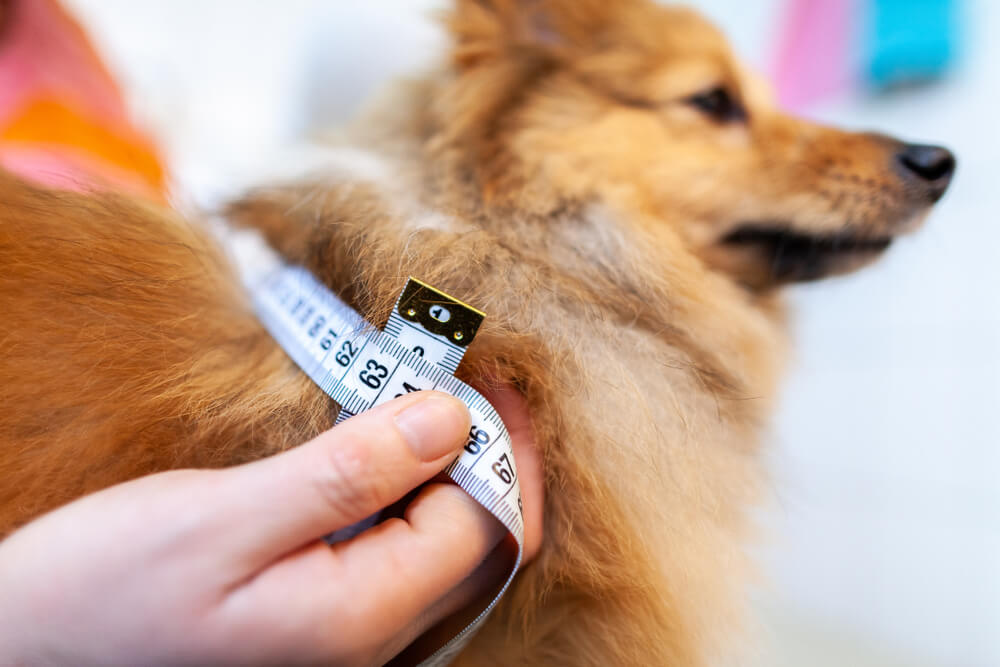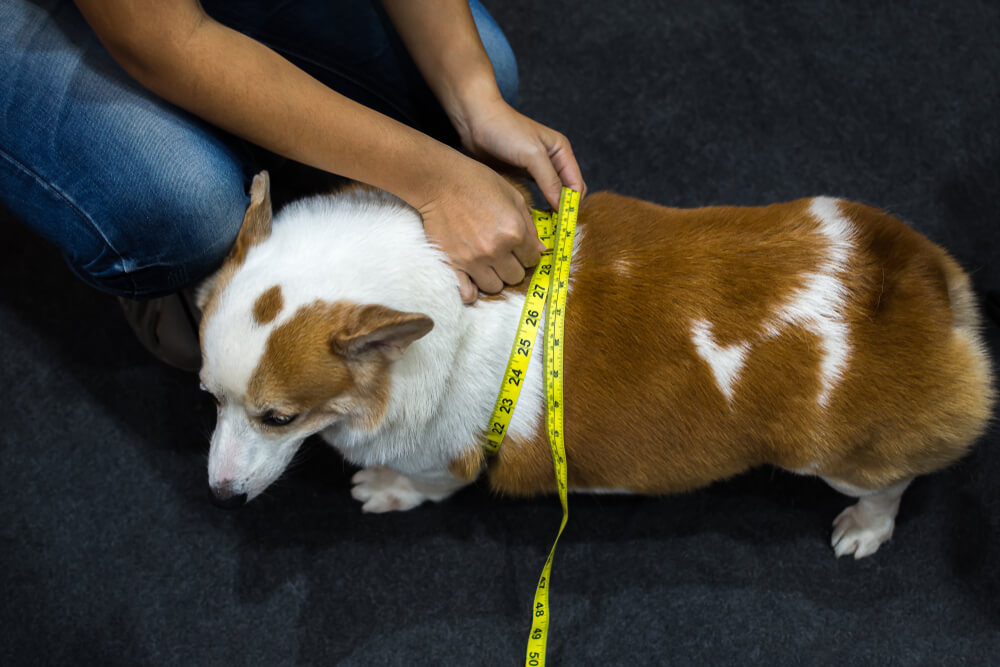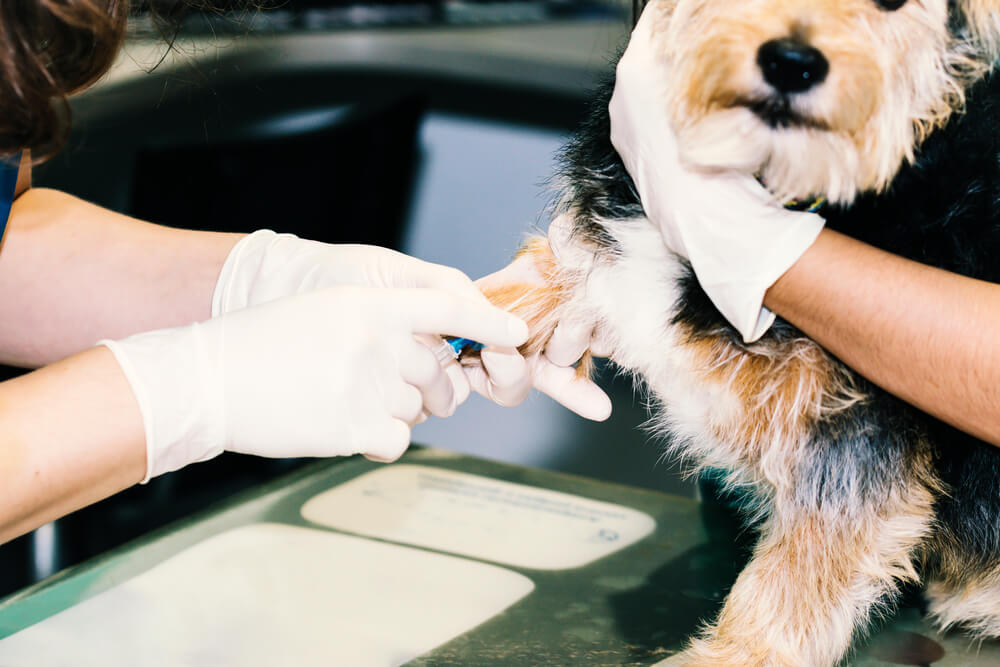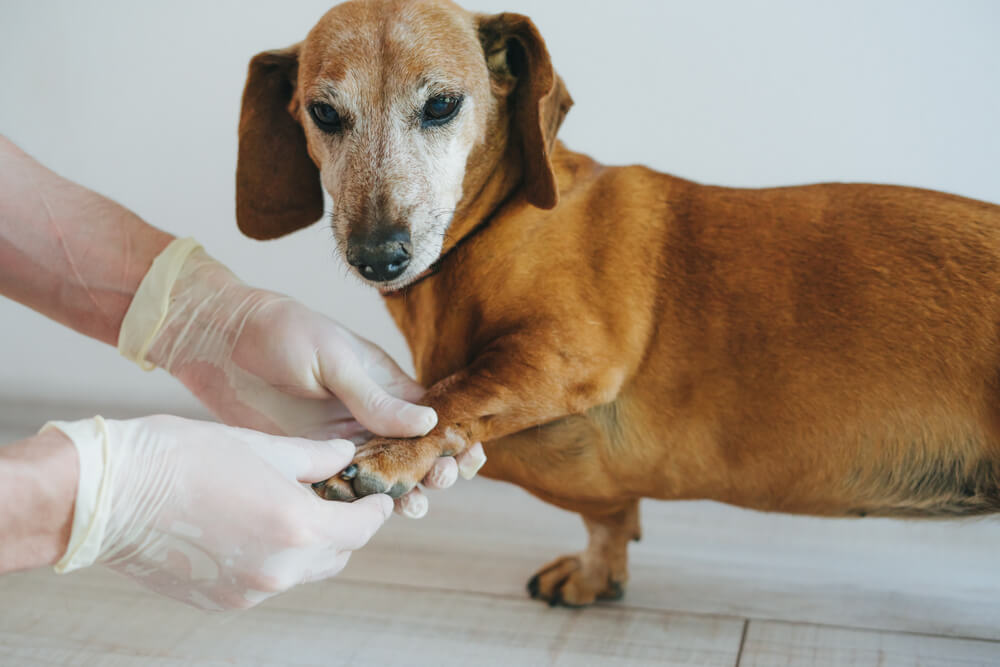Could Your Dog Have Diabetes?

Table of Contents
Listen To The Article
Introduction to Could Your Dog Have Diabetes?
Diabetic dogs will lose their appetites and their energy levels will decline.
They will drink excessive amounts of water and urinate a lot because of increased thirst.
They will also feel lethargic and weak.
You may notice that your dog eats grass a lot more.
This grass eating is a result of diabetes as well.
The diagnosis of Type 2 Diabetes can be done by your veterinarian by testing the urine and blood of your dog.
It is important to note that even though your dog is diabetic, you can still give him treats.
You just need to know the right kind of treat to buy.
The best treats to buy are low in fat, high in fiber, and contain complex carbohydrates.
The treats will give your dog the necessary
There are a variety of signs that can indicate whether or not your dog is diabetic, from increased thirst to frequent urination.
But how do you know for sure?
The best way to find out is by testing your dog’s blood sugar levels, a process that is not as complicated as you might think.
If you have a dog that is showing signs of diabetes, the sooner it is diagnosed, the easier it will be to manage its symptoms.
This disease is the most common in the dog world, and one of the most common health problems seen in dogs.
The exact cause is still unknown.

What is Canine Diabetes?
Diabetes mellitus, or diabetes, is a condition that occurs when the body can not use glucose (a type of sugar) normally.
Glucose is the main source of energy for the body’s cells.
The levels of glucose in the blood are primarily controlled by a hormone called insulin, which is made by the pancreas.
As food passes through the intestines during digestion, sugars are one of the nutrients absorbed from the food.
The sugars are transported into the cells that line the intestines and are converted into simple sugars (including) glucose.
The simple sugars are then absorbed into the bloodstream for circulation and delivery to the whole body’s tissues and cells.
Insulin is required for the transfer of glucose from the bloodstream to the cells.
If there is not enough insulin or the body is unable to use the insulin, glucose accumulates in high levels in the blood a condition called hyperglycemia.
When the blood glucose reaches a certain level, the glucose overflows into the urine and draws large volumes of water with it.
This is why diabetic pets often drink more water and urinate more frequently and in larger amounts.
In diabetics, regardless of the source of the sugar or the amount of sugar in the blood, there is not enough glucose transported into the body’s cells.
As a result, there is not enough energy for the cells to function normally, and, the tissues become starved for energy.
This state of metabolic “starvation” causes the body to break down fat and muscle tissue, which is then converted by the liver to sugar.
In human patients, diabetes is classified as Type I or Type II.
Type I occurs when the pancreas does not make enough insulin, and type II occurs when the body can not respond normally to the amount of insulin made by the pancreas.
Although diabetes in pets is sometimes classified as Type I or II, the difference between the types is less clear in pets than it is in humans.

Types Of Canine Diabetes
There are two types of diabetes in dogs:
- Diabetes Mellitus
- Diabetes Insipidus
Diabetes Insipidus is an exceptionally rare disorder that affects a dog’s ability to metabolize water and isn’t related at all to diabetes mellitus (the insulin-related disease most of us are familiar with).
In this article, we’re focusing on the symptoms and treatment of diabetes mellitus.
Diabetes Mellitus is also called “sugar diabetes” or “insulin diabetes.”
Like humans, dogs can get Type I or Type II diabetes.
Type I develops when the pancreas fails to produce insulin.
Insulin is responsible for regulating glucose (sugar) in the blood.
Obese dogs are at a greater risk for developing Type II diabetes (when the pancreas makes insulin, but the body’s cells don’t respond to the insulin).
While some humans with Type II diabetes can manage the disease with oral medications, dogs don’t respond well to oral drugs.
So they require regular insulin injections to stabilize their blood sugar, regardless of whether they have Type I or Type II.

Risk Factors
Common risk factors associated with developing diabetes in dogs include:
- Obesity
- Unspayed female dogs
- Cushing’s disease
- Pancreatitis
- Certain steroid medication treatments
Diabetes also appears to affect some breeds at a higher rate, including:
- Australian Terriers
- Beagles
- Bichon Frise
- Cairn Terriers
- Dachshunds
- Fox Terriers
- Golden Retrievers
- German Shepherds
- Keeshonds
- Poodles
- Pugs
- Samoyeds
- Schnauzers

What Are The Symptoms?
Diabetes typically appears in dogs seven to nine years old. It can take a year or longer for a dog with diabetes to show any symptoms, and even early warning signs are easy to miss. Some of the early warning signs of diabetes in dogs include:
- Increased thirst and urination
- Increased hunger
- Weight loss despite eating normally
Signs of advanced diabetes include:
- Vomiting
- Weakness or fatigue
- Thinning, dry, or dull hair
- Cloudy eyes (cataracts)
- Depression
If left untreated, diabetes can cause severe damage to a dog’s body. Here are some of the major health threats if diabetes isn’t controlled.
- Blindness, resulting from advanced cataracts
- Urinary tract infections
- Kidney failure
- Enlarged liver
- Seizures
- Ketoacidosis

What Causes Canine Diabetes?
Like their human counterparts, dogs get diabetes when their bodies no longer produce or process insulin at a normal rate.
Insulin, a hormone produced in the pancreas, is responsible for the regulation of glucose absorption and blood sugar levels.
In other words: glucose creates fuel for the body, and insulin is the delivery system that transports it.
Without insulin, glucose cannot reach cells within the body.
This triggers the body to produce more glucose, which then builds up in the bloodstream and causes health issues.
Also similar to humans, there are different types of diabetes in dogs.
According to Peugeot, however, one is much more common than the other.
Diabetes mellitus in dogs is most closely associated with Type I diabetes in people.
This means that the pancreas has damage and fails to produce insulin.
There are rare times when it is similar to Type II diabetes, meaning it is secondary to drugs or severe inflammation.
In this second type, the dog’s body produces insulin, but the body doesn’t use it as it should.
Either way, it’s a serious health concern.
A dog with diabetes requires prompt veterinary treatment, so it’s important to know the signs and seek help right away.

Diagnosing Diabetes In Dogs
If you notice signs your dog has diabetes, it’s time for a vet visit.
Your vet will ask about any symptoms you’ve seen and will check your dog’s general health to rule out other possible conditions or infections.
The first test your vet will conduct is a urinalysis, which tests your dog’s urine for the presence of glucose and ketones.
Ketones are chemicals produced by the liver when the body doesn’t have enough insulin to turn glucose into energy.
If the urinalysis tests positive for ketones and high levels of glucose, the next step is to measure your dog’s blood glucose concentration.
If glucose levels are high in both the urine and the blood, the vet will make a definitive diagnosis of diabetes.

How To Treat Diabetes In Dogs?
Treating canine diabetes involves a lot of daily management on the part of pet parents, but once you get into a routine, it’s not as daunting as it first sounds.
The three main areas you need to focus on include:
- Insulin Injections
- Exercise
- Diet
Insulin Injections
Most diabetic dogs require shots of insulin after every meal or at least once a day.
Your vet will determine the frequency of injections and the specific amount and type of insulin.
It can take several months to find the ideal treatment plan for each dog, so you may need to test your dog’s blood glucose levels daily with test strips.
At first, many owners are apprehensive about having to give their pups shots at home.
However, it’s not as bad as it sounds and isn’t painful for your dog.
Your vet will show you how to prepare the shots and where and how to administer them just under your dog’s skin.
Many dogs tolerate the injections well when given about one to two inches from the middle of the back, near the shoulder blade or hip bone.
Be sure to alternate the location each time you give an injection to avoid soreness.
Depending on your dog’s temperament, you may need to get someone to hold your dog gently while you administer his injection.
Regular Exercise
Diabetic dogs must get consistent moderate exercise.
In addition to maintaining a healthy weight, this helps avoid sudden spikes or drops in glucose levels.
Change In Diet
Finally, a diabetic dog’s diet is crucial in managing the disease.
Your veterinarian will recommend the best diet for your diabetic dog.
Typically, this will include low-fat, high-quality protein, fiber, and complex carbohydrates that help slow down glucose absorption.
All Natural Diabetic Treats
You may even want to consider switching your dog’s diet over to all-natural, human-grade dog food.
Our reviews of the best dog food delivery services include several specialized companies that make freshly prepared, frozen meals that you can customize for your dog’s individual health needs.
And don’t forget that you’ll need some high-quality diabetic dog treats.
Many regular dog treats are very high in sugar.
Finding diabetic dog treats at your local pet store can be a challenge.
We recommend these all-natural diabetic dog cookies that contain ingredients to help lower blood sugar.

Monitoring and Managing Your Dog’s Diabetes
Although some cases may be more challenging, canine diabetes can be usually managed successfully without complications.
From giving injections to monitoring glucose levels daily, you will play the primary role in your dog’s care, and your commitment to keeping up with his daily shots and monitoring is extremely important.
Your veterinarian will work with you to determine the best management plan for your dog.
At the start of treatment, this may involve frequent visits to the clinic for testing and medication adjustments.
The right combination of medication, dosage, diet, and home monitoring will soon arrive that will enable you to keep your dog’s blood sugar consistently regulated and help him live a full, happy life.
Your dog’s diabetes management plan provided by your veterinarian will probably include information about:
• Insulin medication for your dog and how to give the injections
• Diet and exercise recommendations
• A daily glucose-monitoring system that will work best for your dog
• Any warning signs to watch out for
If your pet is diagnosed with diabetes, don’t panic.
With good veterinary support, you should be able to provide the right care for your pet and ensure you both have many more happy years together.



